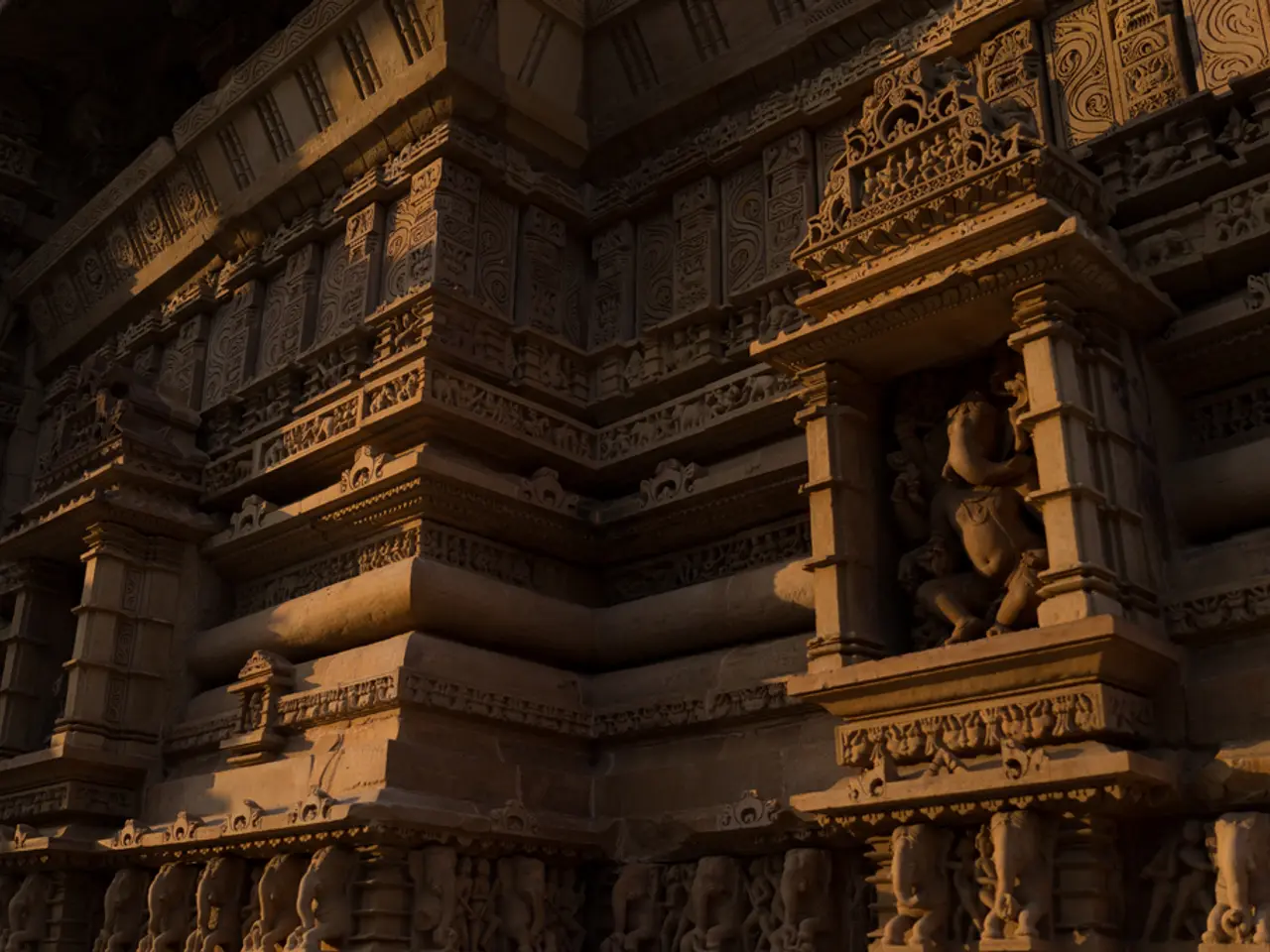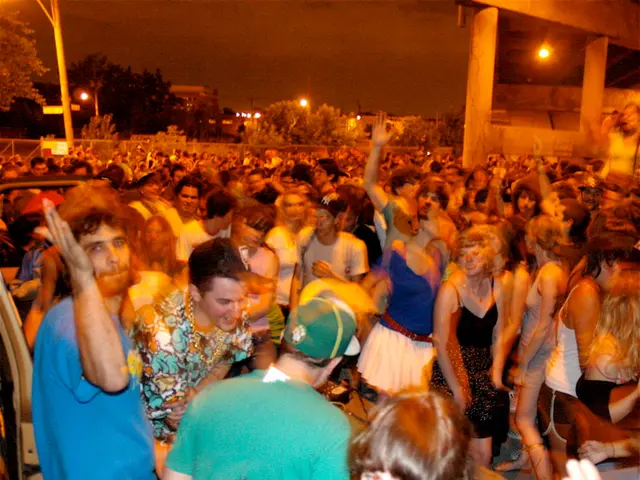Top 5 Historical Landmarks in Delhi Showcasing Its Colonial Heritage
Discovering Delhi's Colonial Past: A Journey Through Time and Art
Delhi, a city rich in history, offers a unique blend of its colonial past and contemporary art. One such example is the Lodhi Art District, a vibrant public space that seamlessly fuses the past with modern creativity.
Located in the heart of the city, the Lodhi Art District was initially built in the 1940s as a residential area for government employees during the British Raj. Today, it stands as a testament to colonial urban planning, while its walls serve as a living canvas for vibrant street art and murals that tell captivating stories. The district can be easily reached via the Delhi Metro's Jor Bagh station, just a 10-minute walk away.
Another must-visit colonial architectural gem is the Maidens Hotel, nestled in Delhi's Civil Lines area. Dating back to the early 1900s, this charming colonial-era haven exudes an old-world charm with its red-brick facade, arched windows, lush green gardens, and vintage decor. The hotel is accessible via the Delhi Metro's Vishwavidyalaya station on the Yellow Line.
The Maidens Hotel is not the only remnant of British India in Delhi. The city's architecture and urban planning were significantly influenced by a neoclassical style from 1858 onwards, seeking to adapt European design for the Indian context. One of the most emblematic examples of this is the Rashtrapati Bhavan, originally known as the Viceroy's House. Designed by Sir Edwin Lutyens and completed in 1929, this grand palace serves as the official residence of the President of India. The Rashtrapati Bhavan is a must-visit, with the nearest Delhi Metro station being Central Secretariat on the Yellow Line.
The Indraprastha College for Women, established in 1924, is another historical place in Delhi that reflects the city's colonial past. While specific details about its significance are not provided, this institution was established during the British period and its architecture and foundation reflect the colonial education initiatives for women in Delhi. The college can be reached via the Delhi Metro's Vishwavidyalaya station on the Yellow Line.
Delhi's architectural heritage also includes ancient monuments like the Qutub Minar and Humayun's Tomb. However, the colonial past of Delhi is often overshadowed in comparison. Places like Barh ki Chowki, a 200-year-old police station, offer a unique blend of Mughal and colonial architecture. Barh ki Chowki can be accessed via the Delhi Metro's Rajiv Chowk station.
The Old Parliament House, constructed between 1921 and 1927, is another significant site showcasing British influence in Delhi. This sandstone building with 144 columns was the seat of the British-established Imperial Legislative Council and hosted sessions of British colonial government bodies. After independence, it became the residence of India's first prime minister, Jawaharlal Nehru, and now functions as a museum and library.
Finally, Teen Murti Bhawan, originally Flagstaff House, residence of the British Commander-in-Chief, is another example of British architecture in Delhi. Designed in British and French architectural styles, it became the residence of India's first prime minister, Jawaharlal Nehru, after independence. Today, it functions as a museum and library, preserving the memories of India's struggle for independence and its early years of nationhood.
In conclusion, Delhi's architectural heritage narrates a captivating story of British India's influence on the city. Places like the Rashtrapati Bhavan, Maidens Hotel, Old Parliament House, and Teen Murti Bhawan are emblematic of British colonial power and urban design in the capital. The Lodhi Art District, Indraprastha College for Women, and Barh ki Chowki offer glimpses into the city's colonial past, while also showcasing contemporary artistic innovation.
In relation to the colonial past and contemporary art in Delhi, the Lodhi Art District, initially built as a residential area for government employees during the British Raj, now serves as a vibrant public space displaying street art that fuses the past with modern creativity. The Maidens Hotel, accessed via the Delhi Metro's Vishwavidyalaya station, stands as a charming colonial-era haven with an old-world charm, reflecting the neoclassical style of the British Raj.








